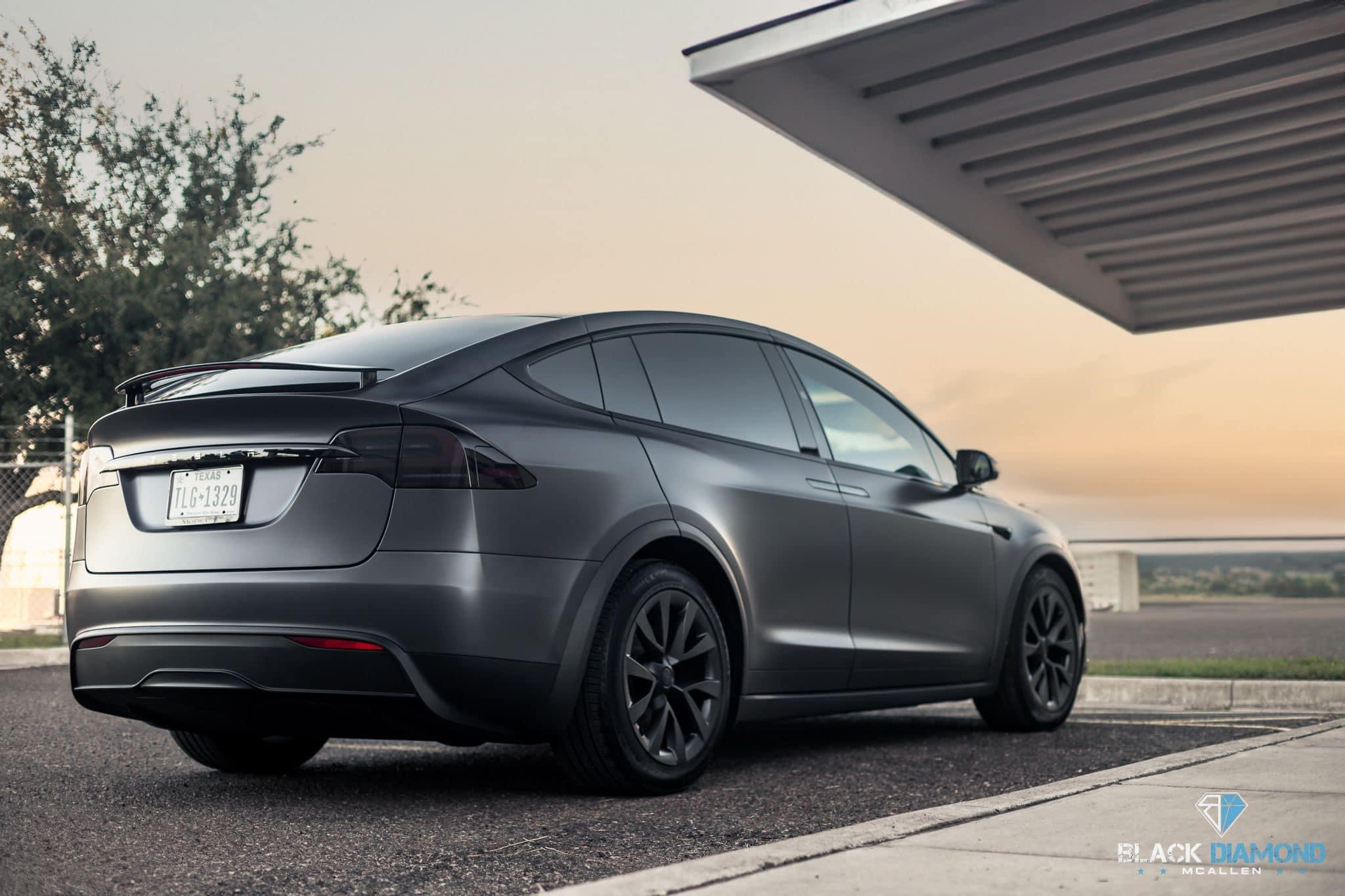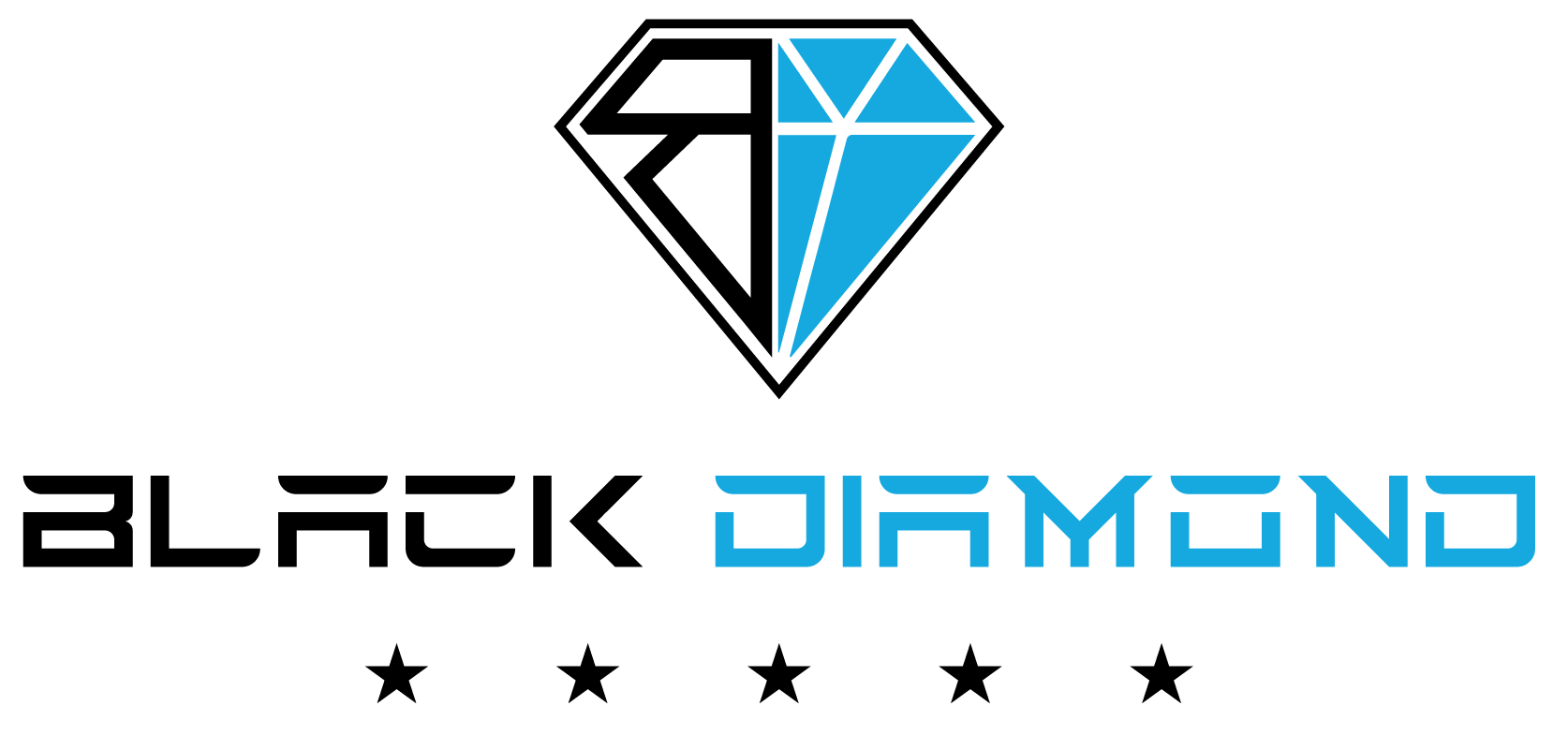What Happens During PPF Installation? Step-by-Step Guide

Paint Protection Film (PPF) is a game-changer for maintaining your car’s pristine paintwork. But do you know how it’s applied to your car? From pre-installation cleaning to the day you drive your car back home, here is the step-by-step process of PPF installation.
Pre-Installation Preparation
1. Inspection
Our trained technicians carefully examine your car’s paint condition. We’re looking for any scratches, swirl marks, or imperfections that could affect the PPF application. This inspection helps us address any issues upfront, ensuring a smooth and seamless installation process.
2. Cleaning
Next, we roll up our sleeves and give your car a thorough cleaning. We use specialized products and techniques to remove dirt, grime, wax, and other contaminants from the surface. By starting with a clean slate, we eliminate any potential barriers that could interfere with the PPF adhering properly to your car.
3. Surface Prep
Once your car is squeaky clean, we focus on preparing the surface for the PPF. This step is crucial for ensuring maximum adhesion and longevity of the film. We may use clay bar treatment to remove stubborn contaminants and achieve a smooth surface. If needed, we’ll perform minor surface corrections or polishing to address any imperfections. Our goal is to create the ideal canvas for the PPF.
Cutting and Shaping the Film
PPF isn’t one-size-fits-all. We custom-cut the film to match the unique contours and dimensions of your car and there two ways shops go about this:
4a. Templated Film Cutting
As XPEL Certified Installers, like Black Diamond RGV, we have access to the world’s largest and most comprehensive pattern repository called DAP (Design Access Program). DAP offers over 80,000 real-time paint protection film patterns, allowing us to select the precise template for your car’s make and model. With the confidence provided by DAP patterns, we can ensure accurate and efficient cutting of the film, resulting in a perfect fit every time.
4b. Manual Film Cutting
In the absence of advanced pattern repositories like DAP, shops may resort to hand-cutting PPF based on rough measurements. Complex curves, edges, and contours may require extra care and attention to detail, adding complexity to the process, and another reason why you should leave the application to the professionals.
Application of PPF
Now that we’ve prepared your car and customized the PPF to fit perfectly, it’s time for the application process. Here’s what you can expect:
5. Precise Positioning
Our skilled technicians carefully position the PPF onto your car’s surface, making sure every edge aligns perfectly.
6. Wet Application
Employing the wet application technique, we carefully apply a solution to the surface before placing the PPF. This solution acts as a lubricant, allowing the film to be easily maneuvered and preventing the formation of air bubbles.
7. Smoothing
Working section by section, technicians smooth out the film to eliminate any wrinkles or bubbles. This process guarantees thorough coverage and promotes a secure bond between the PPF and your car’s paint.
8. Attention to Detail
Technicians are specially trained to handle curves and complex surfaces with precision. They carefully mold the film to match the contours of your car, ensuring a seamless finish.
Heat Forming and Adhesion
9. Utilization of Heat Guns
Skilled technicians then utilize heat guns to activate the adhesive properties of the film and further mold the PPF onto the surface of the car, locking in that perfect fit for ultimate protection.
Final Trimming and Finishing
10. Final Trimming
Our technicians carefully trim any excess film to achieve clean and precise edges for a look that seamlessly blends with your car’s contours.
11. Inspection for Imperfections
Before completion, technicians will conduct a thorough inspection to detect any imperfections or trapped contaminants. By identifying and addressing any issues at this stage, we can ensure that your PPF installation is of the highest quality, free from defects that could compromise its effectiveness.
Aftercare and Final Considerations
Curing Process
After the PPF installation, it’s essential to allow time for the adhesive to cure fully. This typically takes 24 to 48 hours, during which it’s best to avoid washing the car to ensure the adhesive sets properly.
Total Process Duration
The entire PPF installation process can vary in duration depending on factors such as the size of the car, the type of film used, and any additional customization options. Generally, it can take anywhere from a few hours to a full day to complete the installation.
Maintenance Tips
- Use a mild automotive detergent and a soft microfiber cloth or sponge to clean your car regularly.
- Avoid harsh chemicals, abrasive cleaners, or automatic car washes with brushes, as they can damage the film and reduce its effectiveness.
- Opt for cleaning products specifically designed for use on PPF, as they are formulated to be gentle yet effective.
- When washing your car, rinse it thoroughly with water to remove surface dirt and debris before applying soap.
- Use a gentle, sweeping motion to wash the car, avoiding scrubbing or rubbing the PPF excessively.
- Regularly inspect your PPF for any signs of damage, such as scratches, chips, or lifting edges.
- Address any issues promptly to prevent further damage and maintain the integrity of the film.
- Consider scheduling periodic maintenance appointments with your PPF installer to ensure it remains in optimal condition.
Schedule Your PPF Installation with Black Diamond RGV
Ready to take the next step with PPF? Protect your car with confidence by choosing Black Diamond RGV for expert installation and unparalleled protection. With our team of skilled technicians and dedication to quality, you can rest assured that your car will receive the best care possible.
Don’t wait any longer—take action now and schedule your appointment with Black Diamond RGV to give your car the ultimate protection with PPF.
- Why We Choose FEYNLAB® CERAMIC Coating - July 31, 2024
- Cost Analysis and Long-Term Benefits of Solar Window Tint - July 22, 2024
- How Self-Healing PPF Works and Why It Matters - June 27, 2024

